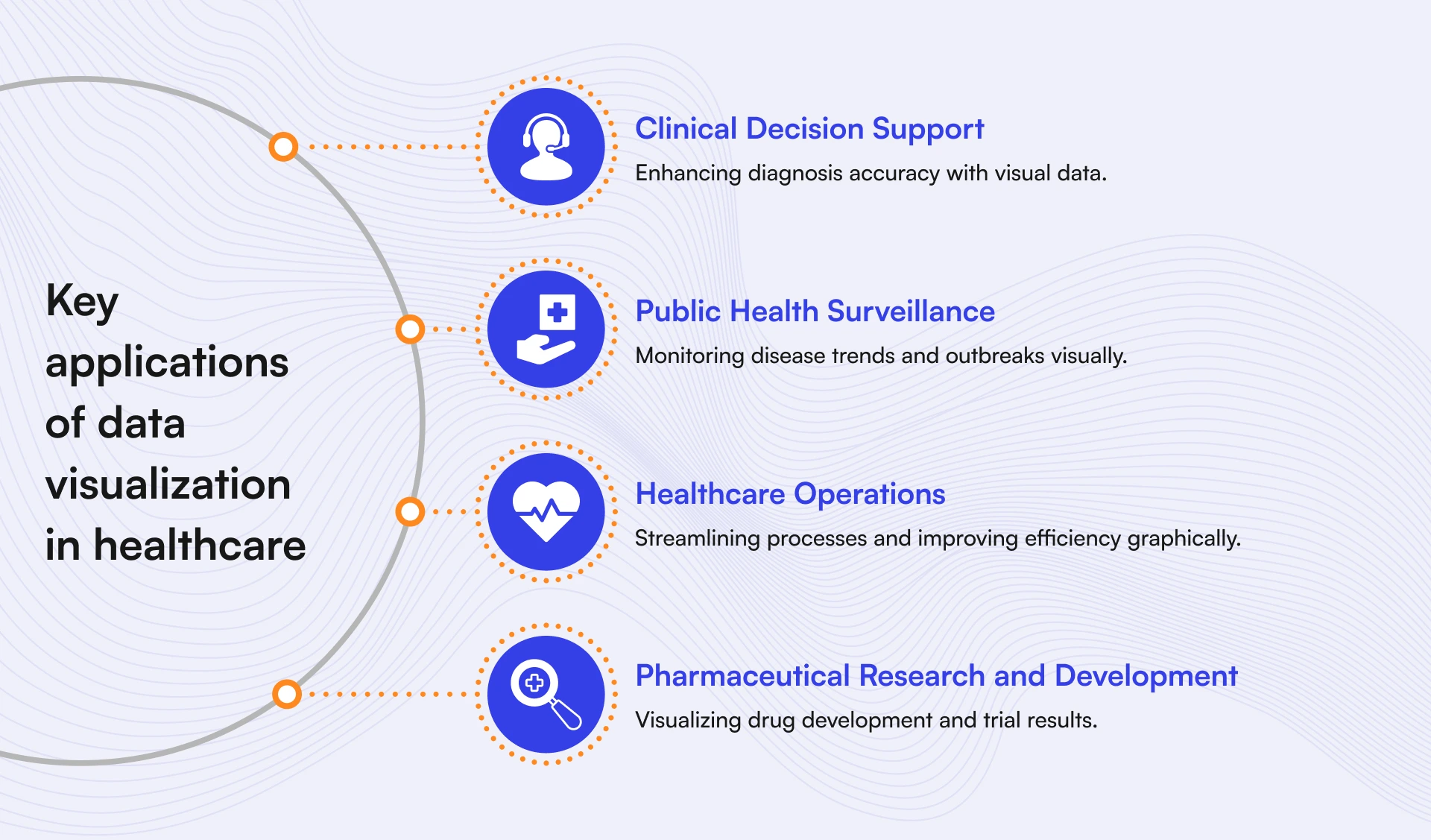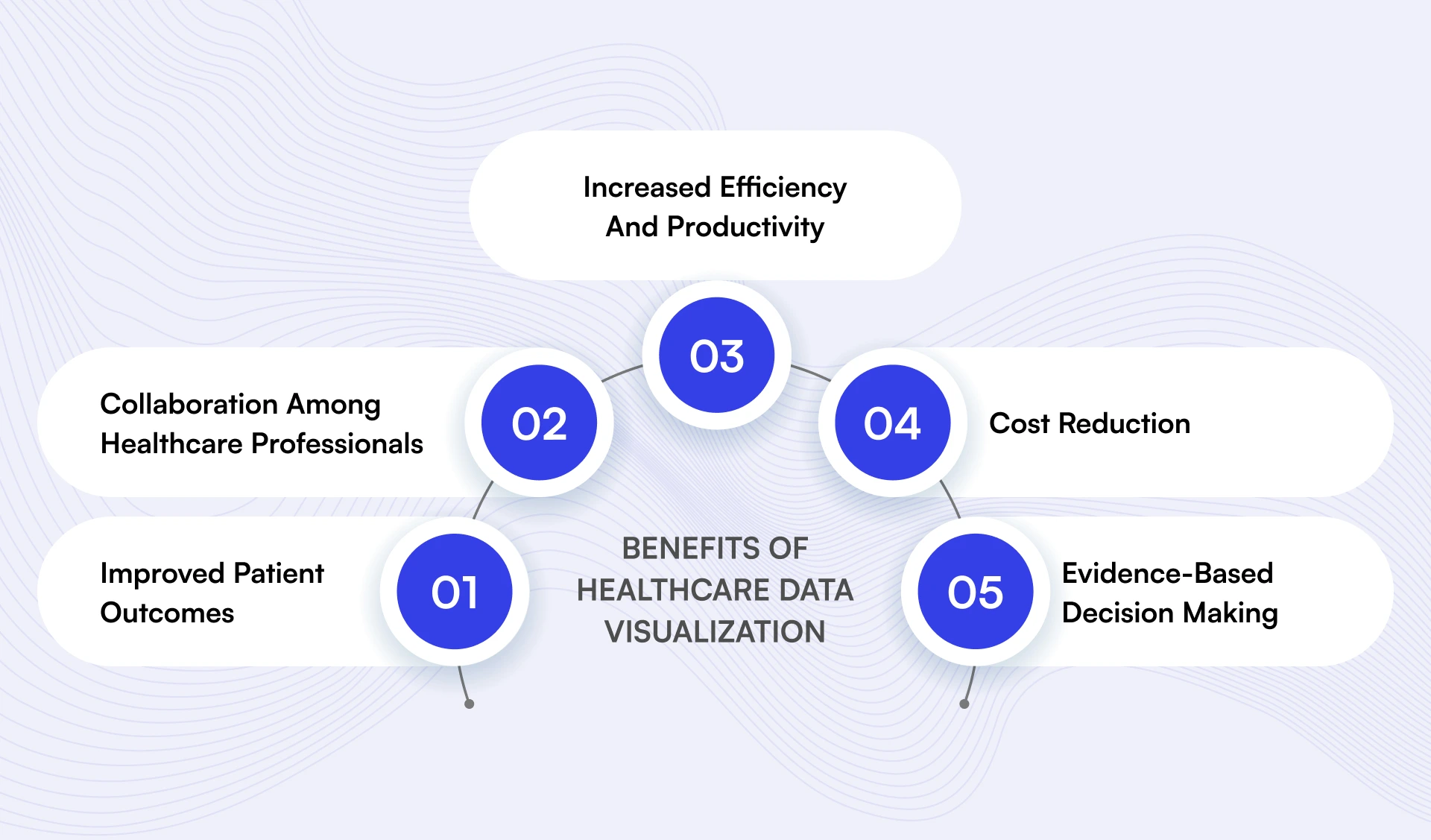Whether in the form of understandable graphics or simple charts, the visual representation of data has played an essential role in decoding complex information not just for companies but also for users and customers. It is evident that data visualization in business intelligence can provide an extra edge to the company in making business strategies. Similarly, healthcare data visualization has boosted awareness and empowered healthcare professionals to make more informed decisions. This comprehensive guide will look into the crucial impacts of medical data visualization.
What Is Healthcare And Why Data Visualization In Healthcare Is Needed?
Healthcare is the maintenance or improvement of health in individuals and communities. Data visualization in healthcare is necessary to make complex medical data and records easier to fetch, grasp, and parse to make accurate decisions benefiting patient care and resource management.
In its article, USC University of Southern California mentions that healthcare data visualization delivers better patient services and improves treatment outcomes especially when EHRs are analyzed and external healthcare sources like clinical trials and disease registries are taken into account.
There are ample data visualization examples that exhibit why is it essential in the interest of global citizens. One of the tables from World Health Statistics by WHO depicts the top ten causes of death by the World Bank income group in 2000, 2019, and 2020 and showcases crucial information using which necessary measures can be taken to prevent mortality.
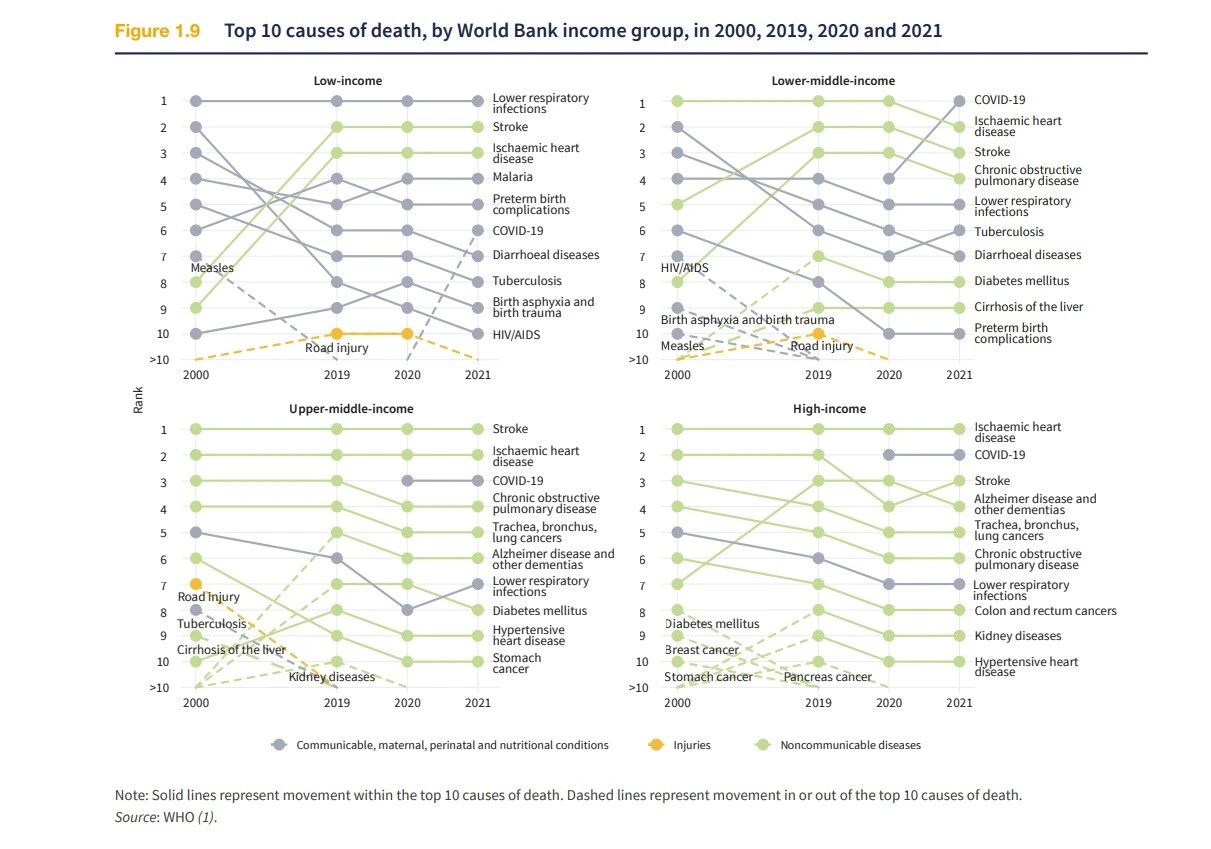
Attributes Of Data Visualization In Healthcare
Data visualization in healthcare makes an efficient presentation of complex medical data by turning raw information into interpretable and actionable insights. This helps healthcare professionals gain the latest trends, patterns, and correlations to make decisions clinically better. Some of the attributes of data visualization attributes are:
Transforming data into insights
Healthcare data visualization converts enormous amounts of healthcare records into actionable insights by transforming information into understandable charts, dashboards, and graphs. These data give a clear idea about risks, trends, opportunities, and so on.
Enhancing decision-making process
Data visualization in healthcare assists doctors and scientists make faster and more accurate decisions. Visual tools bring down cognitive overload by presenting critical medical data in a clear and concise format. This enables clinicians to concentrate on key metrics for better patient care outcomes.
Bettering patient care
Medical data visualization is also performed to monitor patient conditions in real-time to trace potential issues in advance. This helps doctors personalize the treatment plans. Data arrangement also induces a proactive approach to healthcare to improve diagnosis and patient monitoring to enhance overall treatment results.
Optimizing resource allocation
Medical setups and healthcare centers can optimize resources through clear insights and medical data visualization. Patient flow, equipment usage, and medical staffing levels can be optimized to allocate resources where and when required saving man hours and improving operational efficiency.
Key Applications Of Data Visualization In Healthcare
Today, there are ample data visualization examples in the market. Most modern-day medical setups and professionals use healthcare data analytics services to enhance clinical decisions and improve public health surveillance. Corporate hospitals often use them to optimize their operations and pharmaceuticals utilize them for research and development. Here are some of the known use cases:
Clinical decision support
Data visualization in healthcare aids doctors and researchers in making informed decisions as they can learn from patient data structured better for actionable insights through clear visuals and predictive analytics. Here are the use cases:
Visualize patient records
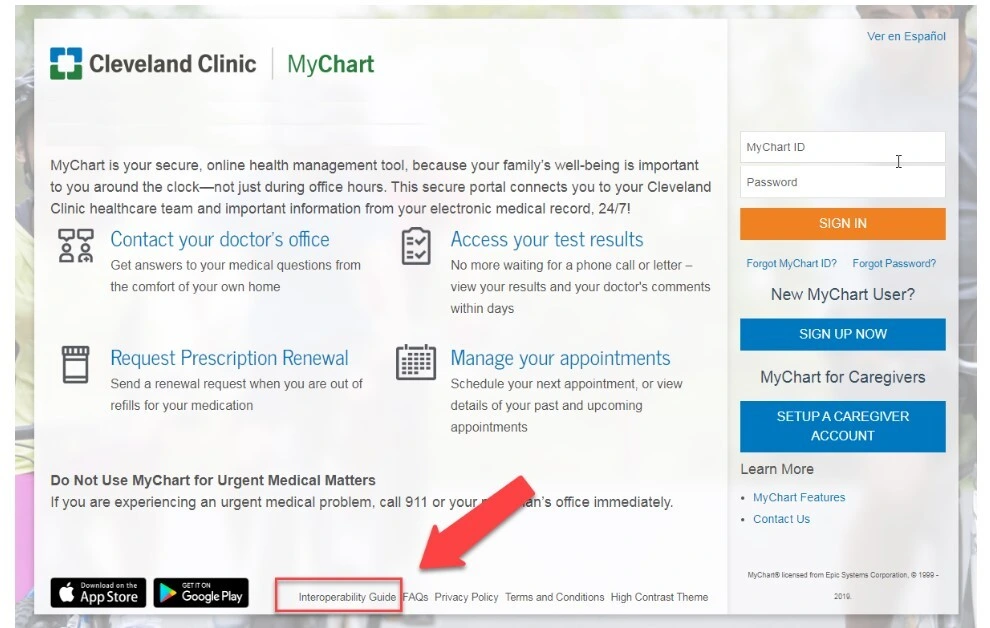
Cleveland Clinic uses dashboards to keep an eye on patient vitals and provide clinicians a real-time information on patients’ health. This improves diagnosis and treatment. Additionally, they also provide an interoperability guide.
Identify trends and patterns

Mayo Clinic uses medical data visualization tools to check emerging trends. This helps doctors anticipate patient outcomes with historical data analysis and real-time information. For example, the percentage of women reaching menopause by myriad types.
Predict disease outbreaks
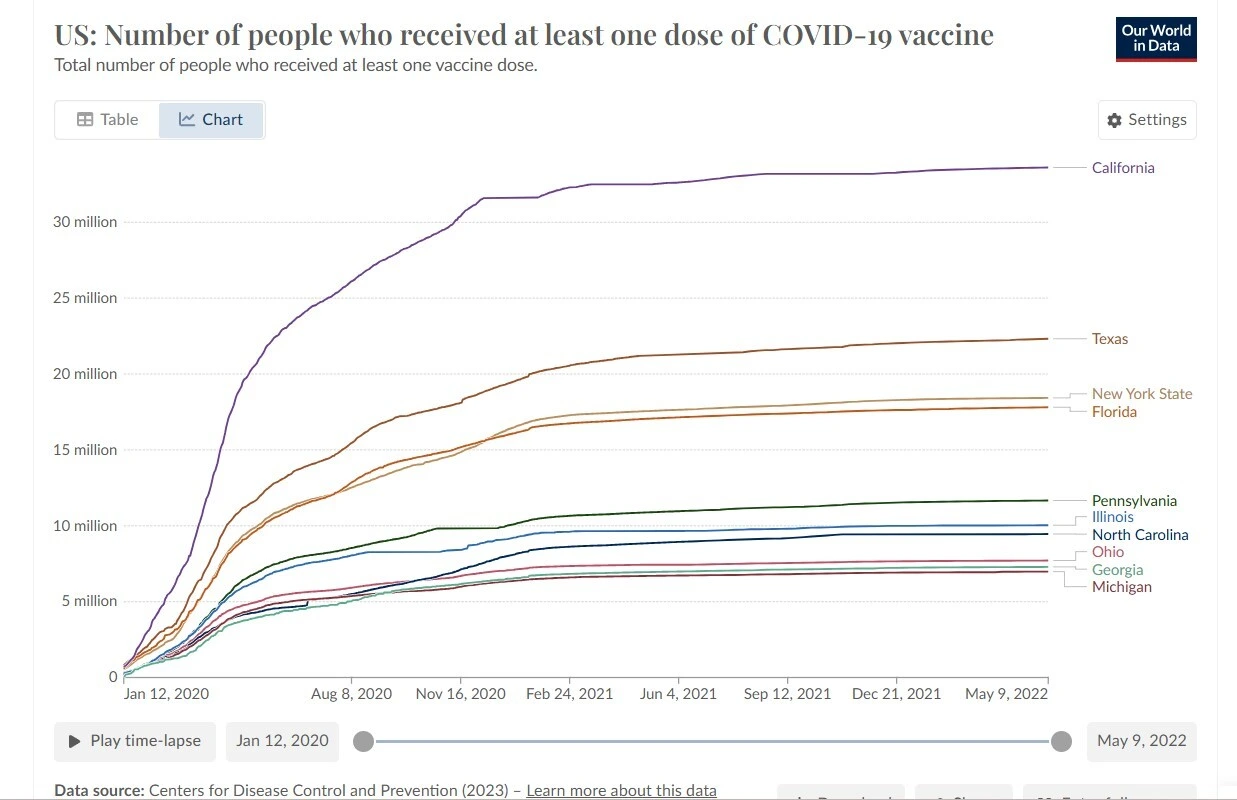
The CDC deploys interactive maps and medical data visualization to keep an eye on infectious disease spread and its treatment like vaccination drive. This allows them to take precautionary measures and build responsive strategies.
Public health surveillance
Data visualization healthcare also tracks and analyzes public health trends to identify disparities and evaluate healthcare outcomes. Here are the use cases:
Tracking disease spread
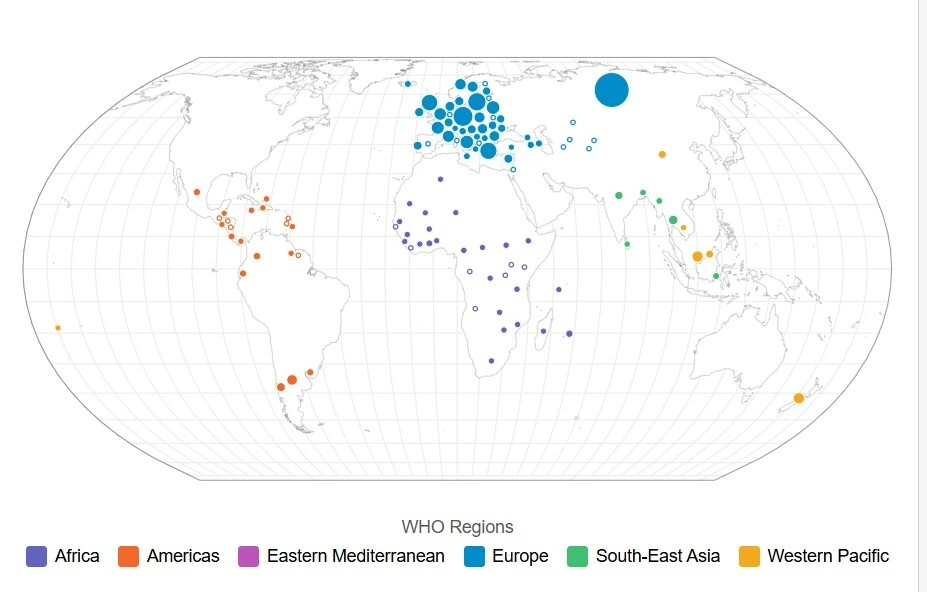
The WHO uses interactive maps to have vigilance on any disease spread globally. This provides essential information to manage health crises and coordinate local healthcare bodies.
Monitoring population health
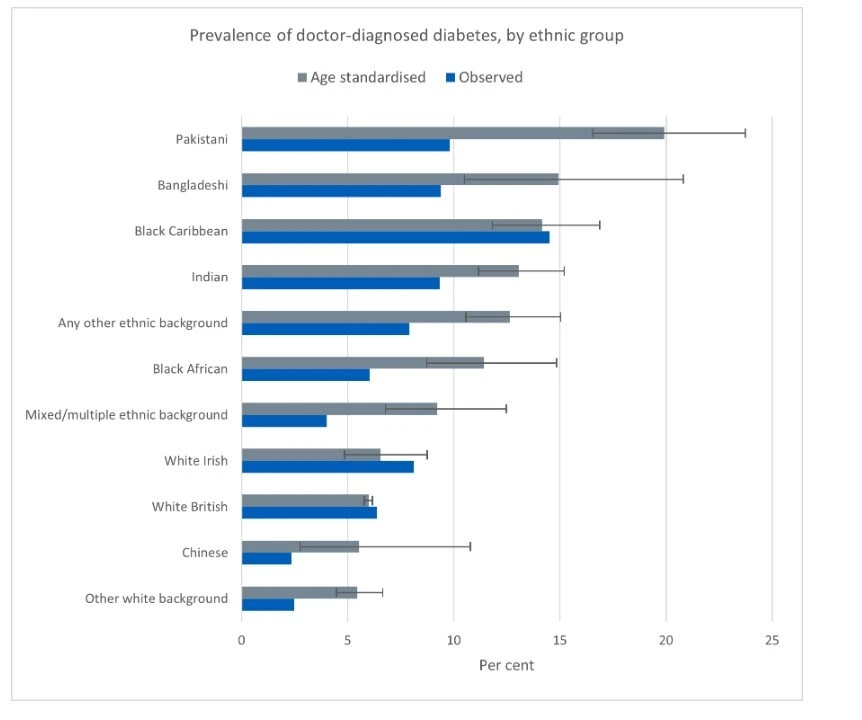
The NHS deploys medical data visualization to assess health issues across communities residing in the UK. This helps them identify at-risk groups and tailor resource allocation to improve healthcare outcomes.
Healthcare operations
Data visualization services are also tailored for operational improvements. There are ample case studies on improved hospital operations with advanced data analytics through visualization. Optimizing workflows often reduces overall costs and enhances healthcare efficiency. Here are the use cases:
Optimizing workflow
Kaiser Permanente harnesses data visualization services to streamline appointment scheduling and thus manages time better for resource allocation. The patient wait time is reduced.
Reducing costs
Johns Hopkins Medicine seeks data visualization to check on areas where costs can be reduced. This helps the organization allocate resources with more efficiency and ultimately sustain finance.
Improving efficiency
Data visualization in healthcare sets an example at the Mayo Clinic. The company uses it to monitor and optimize patient flow ultimately improving output and reducing holdups in administrative processes.
Pharmaceutical research and development
A data visualization solutions company can help pharmaceuticals accelerate drug development and improve clinical trial analysis through bespoke healthcare data visualization tools. Here are some use cases:
Accelerate drug discovery
Pfizer uses healthcare data visualization to map potential drug cases and helps researchers swiftly trace promising molecules and prioritize their drug development for trials.
Analyze clinical trial
Merck is known to use the best medical data visualization techniques to assess clinical trial results and provide insights into the line of treatments through patient responses. This enhances the drug development process.
Visualize molecular interactions
Novartis, a pharmaceutical giant, uses advanced data visualization in healthcare to explore molecular mechanisms to understand how drugs interact with body systems and optimize therapeutic usage accordingly.
Benefits Of Healthcare Data Visualization
Medical data visualization offers remarkable advantages to healthcare experts and companies. The technologies have revolutionized the way healthcare information is managed by optimizing treatment outcomes, reducing medical costs, and enhancing collaboration among medical care teams.
With advancements in EHRs, HIEs (health information exchanges), and cloud-based storage healthcare solutions, today, healthcare delivery has reached every individual with efficiency. Here are some of the benefits:
Improved patient outcomes
Healthcare data visualization empowers healthcare experts to make accurate and timely decisions that affect patient care. Clinicians can easily spot trends, and adjust treatment plans by monitoring patient vitals through complex patient data intuitively presented in understandable forms.
- Real-time monitoring of patient vitals/lab results
- Tailored treatment through visualization of medical data
- Easy and early identification of risks
- Real-time patient recovery tracking
Enhanced collaboration among healthcare experts
There are ample data visualization examples in healthcare setups facilitating early share and interpret patient data to improve communication across stakeholders and benefiters. Doctors, nurses, and specialists can easily sync in through shared visual dashboards.
- Simplification of complex data for cross-disciplinary professionals
- Reduced miscommunication through accurate data
- Faster decision-making backed by data mining
- Remote collaboration for telemedicine and virtual care
Improved efficiency and productivity
Data visualization services in any industry are meant to improve business operations. There are top data visualization tools for businesses that can simplify and automate workflows while reducing manual inputs and thus saving man hours. In this, healthcare providers can focus better on treatments than sorting out data.
- Streamlined administrative tasks
- Automated reporting and processing
- Fastened diagnostic and treatment process
- Enhanced patient flow
- Reduced redundancy by identifying bottlenecks
Medical cost reduction
Pharmaceuticals and corporate hospital setups often engage a data visualization solutions company for their monetary benefits. Healthcare data management tools provide insights into areas of inefficiency and waste expenditure. Such organizations can pinpoint their cost-saving areas and prepare budgets accordingly.
- Identify gray areas where resources are over or under-utilized
- Pinpoint inefficient care pathways
- Identify redundant processes and tasks
- Monitor inventory – prevent overstocking
- Staff or resource allocation optimization, reduced overtime
Evidence-based decision making
It is possible to make data-driven and evidence-based decisions by visualizing patient data, research findings, and tracing trends. With medical data visualization, clinicians improve their patient care and also adopt best practices.
- Clinical data with visual format can make easy interpretation
- Analysis of treatment effectiveness and treatment outcome
- Continuous learning and embracing the latest practice trends
- Adherence to clinical guidelines and healthcare protocols
Future Trends And Opportunities In Healthcare Data Visualization
The future of healthcare data visualization lies in the adoption of the latest technologies such as Artificial Intelligence, Machine Learning, the Internet of Things, and predictive analysis. Such contemporary technologies will transform how healthcare information will be used. We’ll also witness more precise and proactive healthcare practices. Here are the future trends in medical data visualization:
Artificial Intelligence and Machine Learning
AI and ML are all set to transform healthcare data visualization by improving the capabilities of data analytics. The technologies will automatically predict outcomes as well as identify patterns to help doctors make more accurate and faster decisions through large datasets.
- AI will identify subtle trends in patient data through history and present trends
- AI models will learn from new data and improve anticipation with accuracy
- AI healthcare data visualizing tools will offer decision support and they’ll recommend optimal lines of treatment
- Machine Learning will automate routine tasks such as medical imaging recognition and reading, diagnostic support, as well as aligning workflow in medical practices
Augmented and virtual reality
AR and VR are rapidly penetrating almost all sectors including healthcare. They’ll offer better data visualization and immersive and interactive ways to simplify complex data. Healthcare providers will use AR and VR for myriad purposes.
- AR will overlay vital patient information on real-world scenarios. This will enhance decision-making, especially during diagnosis and surgeries
- Virtual reality will create realistic 3D simulators to include medical procedures. This will further help clinicians practice complex surgical procedures.
- Medical data visualization through AR/VR will assist patients educate themselves and improve their understanding of medical conditions
- Immersive technologies will improve teamwork and collaboration in medical training for healthcare providers and paramedics
Internet of Things
The Internet of Things will connect almost all medical devices and patient monitoring gadgets into one solid network. This will further improve healthcare database centralization along with real-time visualization of patient vitals and other data. IoT-enabled devices will continuously collect crucial health records that will be used to visualize vital signs and symptoms for forthcoming diseases.
- IoT such as wearable heart monitors and glucose trackers will continuously provide data to trigger emergencies when needed
- Real-time data from IoT will enable clinicians to intervene just in time to save lives
- IoT will enhance the accuracy and timeliness of patient data visualization
- The technology will integrate data streams for myriad medical instruments
- Medical visualization tools will alert providers with anomalies in patient data for faster decision-making
Predictive analysis
Predictive analysis will have more accurate historical data and Machine Learning models to anticipate any grave conditions. It’ll enable more proactive and personalized healthcare.
- Predictive models will forecast health deterioration
- Visualized predictive insights will guide resource allocation
- Predictive analysis will identify patients at high risk of re-hospitalization
- Predictive analytics will aid in optimizing clinical trials for better success ratios
Get Ready For The Future
Wrapping up, healthcare data visualization has become the backbone of the modern-day healthcare ecosystem that has remarkably improved clinical decision-making while enhancing patient outcomes and optimizing resource allocation. Reduced costs, enhanced staff collaboration, and accurate evidence-based practices are a few results.
As a leading agency in healthcare data visualization solutions, we have uniquely positioned ourselves to help you leverage the power of this technology. Whether you are an individual or a corporate hospital, it is high time to drive innovation and improve healthcare delivery.

